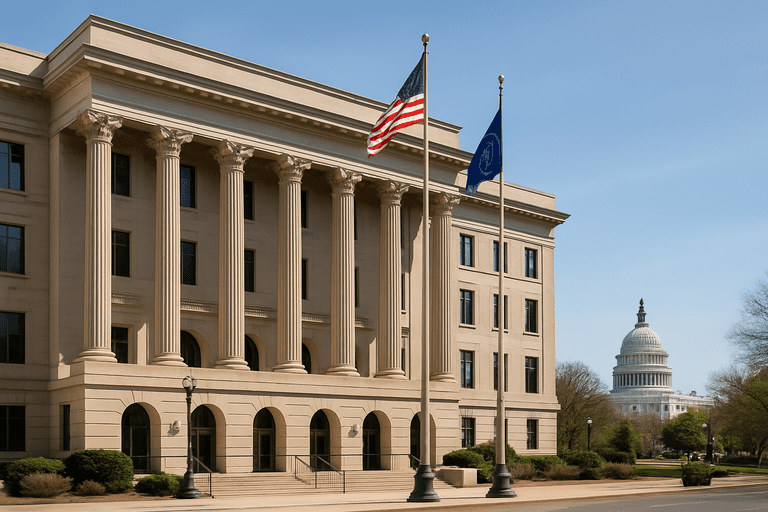🎧 Listen to the summary:
The Trump administration’s policy to rein in large platforms and ensure content accountability offers a necessary correction to an online ecosystem that concentrated influence in a handful of unaccountable companies.
Under the policy, federal agencies and regulators are being pushed to use existing authorities and new executive actions to pressure platforms and broadcasters to align content practices with stated public-interest obligations. At the Federal Communications Commission, the chairman has emphasized that broadcast licenses are conditional on serving the public interest and has signaled willingness to use licensing and ownership rules as leverage over editorial decisions. That approach relies on economic incentives rather than direct content bans: licensing discretion, ownership caps, and rule changes are presented as tools to shape media markets.
On social media, the administration has backed legislative and executive moves to limit foreign-owned apps and to compel platform changes through deadlines and potential enforcement actions. A high-profile example is the campaign around a ban on a Chinese-owned short-video app that was framed as a national-security measure; courts and executive branches have been enlisted to set timelines, and the policy theater has included threats of executive orders to delay or accelerate enforcement. Implementation would involve cross-agency reviews, litigation, and conditional compliance plans negotiated between companies and regulators.
Documented trade-offs surface in reporting. Concentrating leverage at single officials or agencies can produce unpredictable outcomes: broadcasters may alter programming under pressure, enforcement priorities may shift with political leadership, and platform restrictions can push users to alternative services or to informal distribution channels. Efficiency questions arise where regulatory fixes meet technical realities: app bans can spur illicit distribution, increase cybersecurity risk from malicious imitators, and leave gaps in content moderation once dominant players change behavior.
The policy introduces new bureaucratic processes: interagency councils to review platform risks, guidance letters to companies, licensing reviews tied to editorial conduct, and litigation strategies that will occupy courts and agencies for years. Those processes promise tighter oversight but also create new administrative burdens and legal complexity.
Next steps include enforcement, rulemaking, and court challenges, with congressional oversight and agency reports to track implementation and unintended effects.
—
Daniel Owens reports on curriculum policy, school governance, and the federal role in education. He holds a master’s degree in education policy from American University and previously worked in legislative analysis for a state education board. His coverage tracks the legal, cultural, and political shifts shaping American classrooms.



